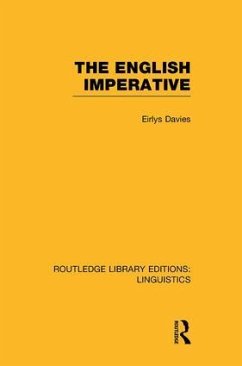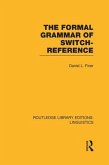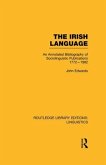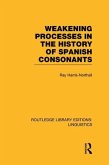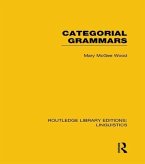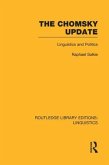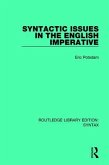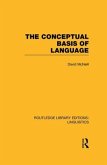In recent work the imperative seems to have attracted much less attention than the interrogative, perhaps because it appears to be a rather simple structure, easily accounted for in a page or two in manuals of English grammar, and probably also because in so many respects it seems to be a rather awkward exception to otherwise powerful generalisations. This has meant that quite general analyses sometimes find it necessary to relegate the imperative to a footnote or exclude it from the discussion altogether, and that even when linguists have addressed themselves specifically to an account of imperatives, they have sometimes concluded that the imperative is simply an inherently idiosyncratic construction where we should not expect to find the tidy regularities we look for elsewhere. However, this study demonstrates that there are many interesting regularities to be accounted for, and that useful generalisations can be made which relate the imperative to other constructions. Throughout the work the emphasis is on detailed description of present-day usage, with the aim of identifying patterns which have previously been ignored and seeking explanations for those which have previously been dismissed as arbitrary. As well as examining the syntactic behaviour of the imperative, the book proposes a semantic characterisation quite different from the types usually adopted, and links this to a pragmatic account of the wide range of ways in which imperatives may be used and interpreted. There is no attempt to formulate syntactic rules within a specific theoretical framework; rather, generalisations are stated which any descriptively adequate grammar, of whatever theoretical slant, should be able to capture.
Bitte wählen Sie Ihr Anliegen aus.
Rechnungen
Retourenschein anfordern
Bestellstatus
Storno

